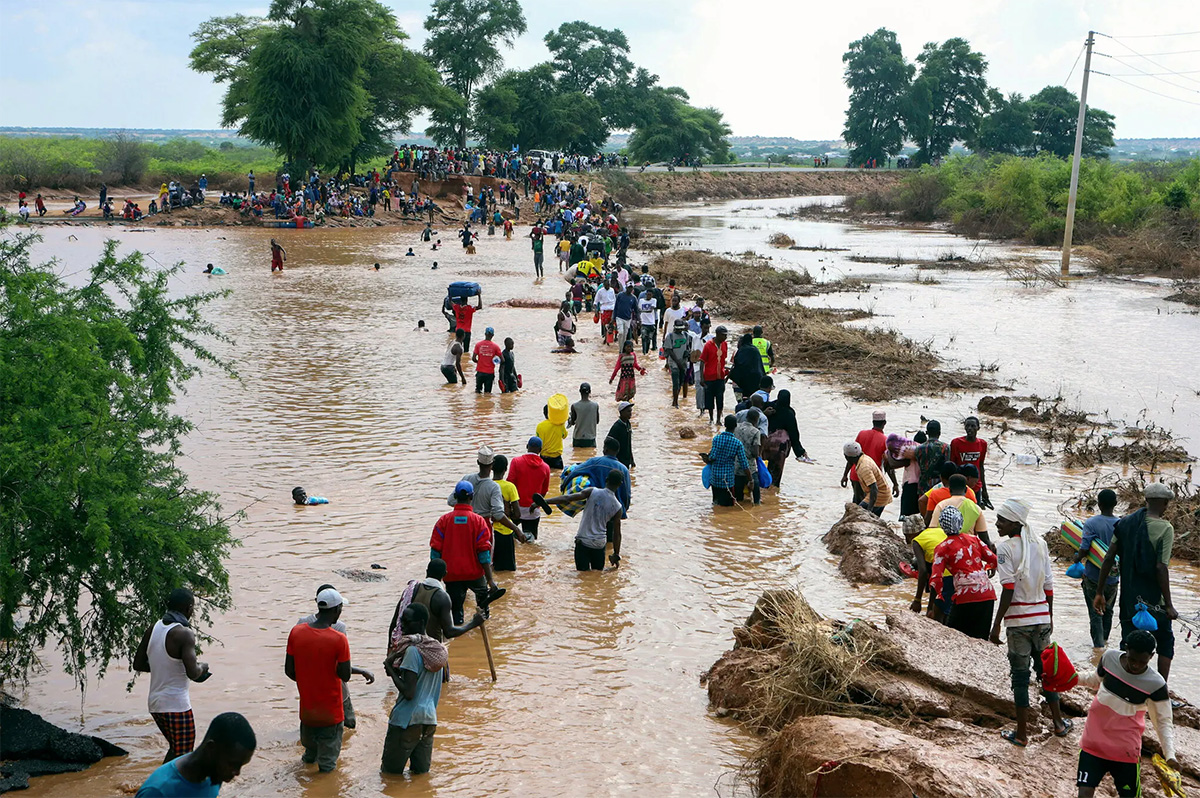
Heavy rain and floods in East Africa that started in October have killed at least 300 people and displaced millions more. Locations in Ethiopia, Somalia and Kenya, including the giant Dadaab refugee complex in Kenya, have suffered the most, but the extreme rains have affected the whole region and are ongoing.
East Africa has an annual rainy season in fall, but this year’s disastrous rainfall is about double what it would have been without human-caused climate change, according to research made public on Thursday. A natural climate cycle called the Indian Ocean Dipole has also contributed to heavier rain than usual, but this phenomenon alone does not account for the extreme amount.
Multiple individual rainstorms over the past two months have caused widespread flash flooding and overflowing rivers.
“The influence of climate change on rainfall can be quite big,” said Friederike Otto, a climate scientist at Imperial College London and a founder of World Weather Attribution, the group behind these findings, in an interview.
“As we continue to burn fossil fuels, we will definitely be experiencing more of these events,” Joyce Kimutai, a climate scientist at Imperial College London who works with World Weather Attribution, said at a press conference on Thursday. Dr. Kimutai previously worked at Kenya’s national meteorological service.
Their group received rainfall measurements from weather stations in Kenya and compared what happened in the real world with a hypothetical world without climate change, simulated by mathematical climate models.
The researchers estimated that with today’s climate conditions, similar extreme rainfall events would have a 2.5 percent chance of happening in any given year. This probability finding, however, is less certain than those from analyses World Weather Attribution has done for other events.
Part of the problem is a lack of weather and climate data. In this case, the researchers had access to robust data from Kenya, but many other African countries don’t have enough well-maintained weather stations.
“Over Africa, everything we can say is more uncertain than over North America or Europe,” Dr. Otto said.
The current rains follow a three-year-long drought, which dried out soil and paved the way for flash floods, and which had already caused widespread crop failures, livestock deaths and hunger in the region. This drought was also made worse by climate change, according to a previous analysis.
“If the governments have to dig into their pockets every time to respond to these events, spend their national budgets to respond to these events, it means that it’s really going to be so difficult for these communities to recover and sustain their livelihood,” Dr. Kimutai said.